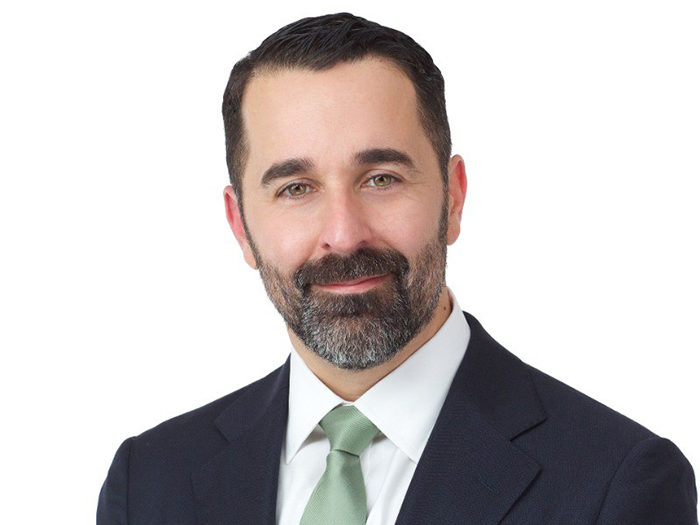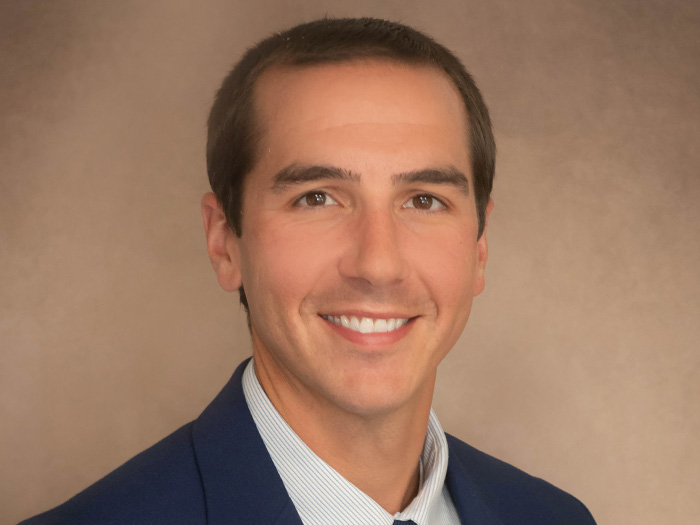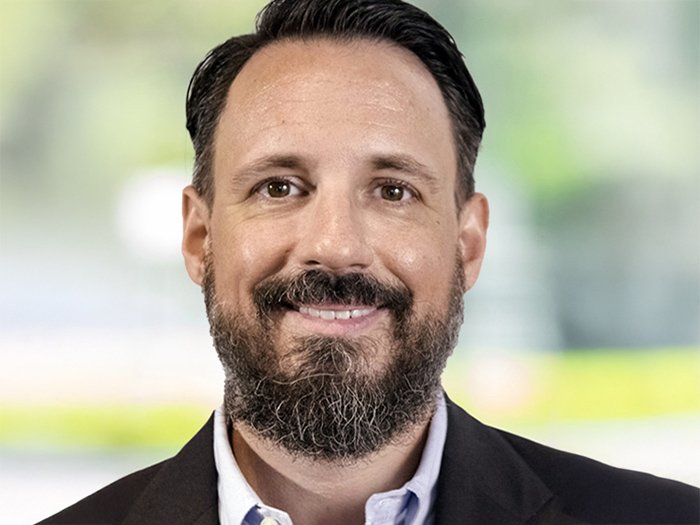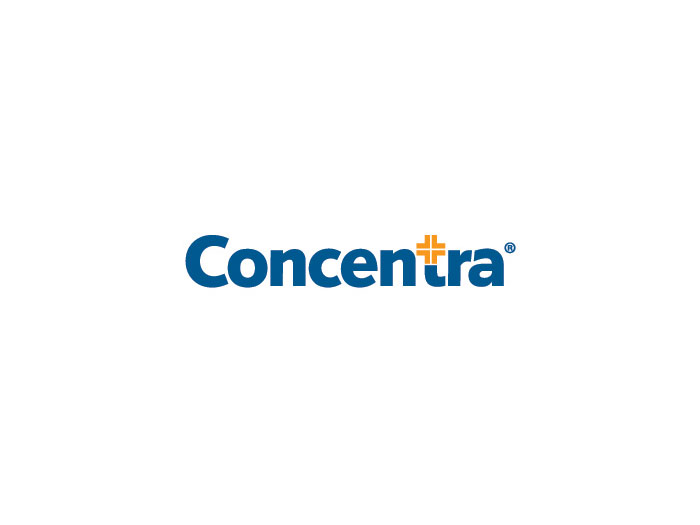18% Spike in Professional Lines Pricing Leading the Global Insurance Premium Increase

Global commercial insurance rates jumped 11% in the fourth quarter of 2019 — the largest rise in eight years — according to Marsh’s Global Insurance Market Index.
The pricing increase was the ninth consecutive quarterly rise since the fourth quarter of 2017, driven primarily by advances in rates for property, and financial and professional lines.
The biggest climber was financial and professional lines, which soared 18%, followed by property (13%) and casualty (3%), in the wake of the hard market that began back in August 2019.
Dean Klisura, president, global placement and advisory services at Marsh, said, “the impact of natural catastrophe losses and increasing concern about litigation trends have led to price increases for many insurance buyers. Global pricing has now increased every quarter for two years, and while capacity largely remains strong, there has been tightening in certain product lines and regions.”
Composite pricing also increased across all geographic regions for the fifth consecutive quarter, mainly as a result of growth in directors and officers and property rates.
All of the regions reported average price rises of 5% or higher for the first time since the index began in 2012.
The Pacific region climbed the most, by 21%, continuing a three-year quarterly trend, largely due to increases in D&O and property rates, followed by the U.K. (14%) and the U.S. (10%).
U.S. Rates Rising
Broken down, U.S. property rates increased 18%; the highest level since records began.
U.S. casualty was also up two percent, fueled by the excess liability market, where prices rose by almost 10%, and auto (5%).
In addition, U.S. financial and PL lines climbed 15%, driven by D&O prices, which were up more than 20%, with the majority of clients seeing a rate increase.
The report found that pricing in this area also continued to be affected by an uptick in litigation, with event-driven lawsuits related to #MeToo, cyber breaches, social media and safety issues as insurers tightened their terms and insureds increased retention levels.
“The main issue, however, is the lack of far-sightedness on public D&O, with many underwriters not entering into long relationships or thinking about what happens when the hard market ends.” — Peter Taffae, managing director, Executive Perils
By contrast, workers’ compensation declined four percent for the fourth quarter and was also down for the full year.
It’s been a tough year for PL and D&O, in particular for companies involved in initial public offerings and M&A deals as well as those in highly-exposed sectors such as pharma, tech, life sciences and health care.
This is mirrored by the findings from Willis Towers Watson’s Commercial Lines Insurance Pricing Survey, which reported that commercial insurance rate increases exceeded four percent in the third quarter of 2019.
The most significant price rises were in commercial auto and property, excess/umbrella liability, D&O and specialty lines, and they were most pronounced for large accounts.
“This quarter we saw the largest overall price shift since 2013,” said Alejandra Nolibos, senior director, insurance consulting and technology at Willis Towers Watson. “Price increases for D&O liability are well into the double digits, with employment practices liability and medical professional liability also showing sizable upward shifts.”
D&O Under Pressure
Aon’s Quarterly D&O Pricing Index also found that the average price for $1 million limits for public D&O liability coverage was up 69.7% on the previous third quarter in 2018.
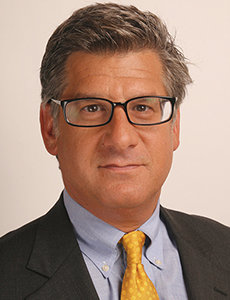
Peter Taffae, managing director, Executive Perils
Furthermore, D&O rates increased for 90% of primary policy renewals with the same limit and deductible, with the overall price up 12.1%.
A new A.M. Best report released this week has also concluded that the profitability of D&O insurance underwriting was likely to remain under pressure in the near term, due to factors including multiple years of inadequate pricing and widening risk exposures.
The study found that an increasingly litigious environment has given rise to an “onslaught of claims” in the segment, with allegations of sexual misconduct involving people in powerful positions spurring loss creep from employment practices liability to D&O.
D&O insurers are also becoming increasingly more exposed to cyber-related claims because of senior management’s wider remit for cyber security and protecting personal data from potential breaches.
And as a result of all these complexities, D&O perils present clash potential, with companies potentially ending up paying out on EPL or cyber on top of initial D&O claims.
Peter Taffae, managing director at Executive Perils, said that the big increase in public D&O rates has been driven by years of losses and under reserving, with some renewals up by as much as 30% to 60% as carriers look to scale back capacity.
He added that such has been the amount and size of claims in EPL that many markets have stopped writing monoline EPL altogether, while some have pulled out of California and others will only offer a minimum retention of £100,000.
“In general, the market will last another 12 to 14 months,” he said. “With that said, we are seeing cracks already on the private side.
“The main issue, however, is the lack of far-sightedness on public D&O, with many underwriters not entering into long relationships or thinking about what happens when the hard market ends.”
Starting Renewals Early
To mitigate against these price increases, Klisura said: “In today’s market, we’re advising our clients to start the renewal process early, be prepared to differentiate their risk, meet with their underwriters, highlight their approach to risk mitigation, and understand their loss history and status of any current claims. They also should explore the entire market and be prepared with options.”
Christopher Lang, global placement leader, U.S. and Canada at Marsh, added that it was important for insureds to provide the carrier with as detailed underwriting information as possible and present it effectively. In addition, he said that it was key for them to understand what constitutes an acceptable renewal program.
“Develop a high-quality underwriting submission tailored to industry trends and challenges,” said Lang.
“Your risk will be differentiated based on the underwriting submission and on the quality and nature of the conversations you have with (re)insurers.” &





